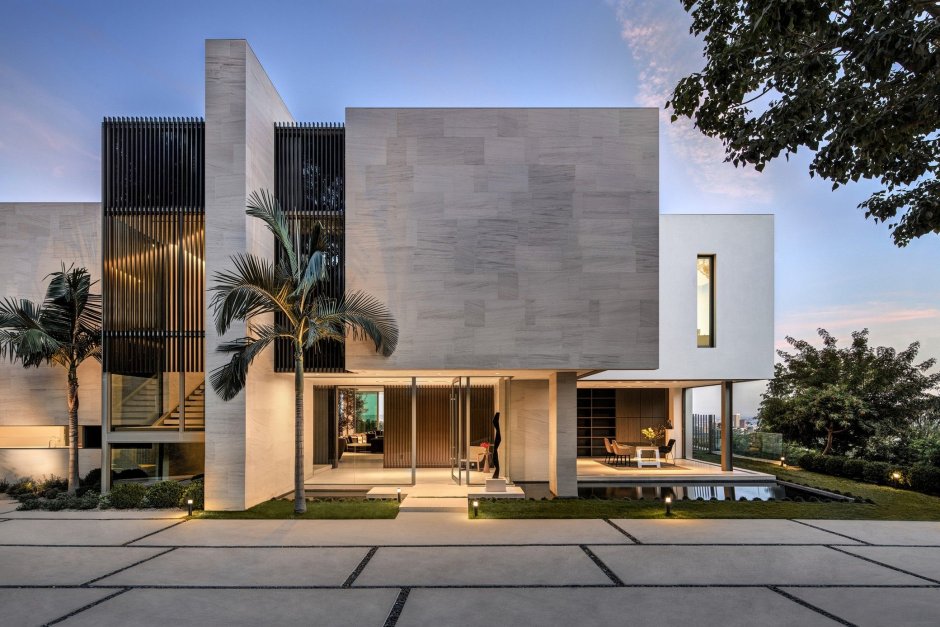- April 15, 2024
- Posted by: zolfaghari.m2010
- Category: Blog

The Role of Architecture and Design in Real Estate Construction Projects
Architecture and design play a pivotal role in shaping the landscape of real estate construction projects. From creating visually appealing structures to optimizing functionality and sustainability, architects and designers are essential contributors to the success of any development. In this article, we will explore the key aspects of architecture and design in real estate construction projects and how they impact the overall outcome.
1. Aesthetics and Visual Appeal:
One of the primary roles of architecture and design in real estate construction projects is to create visually stunning and aesthetically pleasing buildings. The design of a property can significantly impact its market value and appeal to potential buyers or tenants. Architects use their creative vision to design structures that stand out in the urban environment, incorporating elements of style, form, and materials that make a statement. Designers work closely with architects to select colors, textures, and finishes that enhance the overall aesthetic of the building, creating a cohesive and attractive exterior and interior design.
2. Functionality and Spatial Planning:
In addition to aesthetics, architecture and design focus on optimizing functionality and spatial planning within real estate construction projects. Architects carefully consider the layout of spaces, circulation patterns, and utilization of natural light to create efficient and practical designs. Designers work on interior layouts, furniture arrangements, and material selections to maximize the usability of each space while maintaining a sense of comfort and livability. By prioritizing functionality in their designs, architects and designers ensure that real estate properties are not only visually appealing but also highly functional for their intended purpose.
3. Sustainability and Environmental Impact:
With the growing emphasis on sustainability and environmental consciousness, architecture and design have become crucial in promoting eco-friendly practices in real estate construction projects. Architects incorporate sustainable design principles such as energy-efficient systems, green building materials, and passive design strategies to reduce the environmental impact of buildings. Designers focus on selecting eco-friendly finishes, furnishings, and decor elements that contribute to a healthier indoor environment. By integrating sustainable practices into their designs, architects and designers play a key role in creating environmentally responsible real estate developments that align with modern trends and regulations.

4. Value Engineering and Cost Optimization:
Architecture and design also play a significant role in value engineering and cost optimization within real estate construction projects. Architects work closely with developers, contractors, and engineers to design efficient building systems, structural elements, and material selections that meet quality standards while staying within budget constraints. Designers collaborate with suppliers and vendors to source cost-effective finishes, fixtures, and furnishings that maintain the desired aesthetic without compromising on quality. By implementing value engineering strategies in their designs, architects and designers help developers achieve cost savings and maximize the return on investment for real estate projects.
5. Branding and Marketing:
In today’s competitive real estate market, architecture and design are instrumental in branding and marketing properties to attract buyers or tenants. Well-designed buildings with unique architectural features and interior design elements can create a strong brand identity for a development, distinguishing it from competitors in the market. Architects and designers work closely with marketing teams to showcase the design concept through renderings, visualizations, and virtual tours that highlight the property’s unique selling points. By leveraging architecture and design as a marketing tool, developers can effectiv
ely position their real estate projects in the market and attract target audiences.
In conclusion, architecture and design play a multifaceted role in real estate construction projects, encompassing aesthetics, functionality, sustainability, cost optimization, and branding. By collaborating with architects and designers early in the development process, developers can ensure that their projects are designed with a holistic approach that considers all aspects of design and construction. With their expertise in creating innovative and sustainable solutions, architects and designers contribute to the success of real estate projects by enhancing their visual appeal, functionality, market value, and environmental performance. As the real estate industry continues to evolve, the role of architecture and design will remain essential in shaping the built environment and creating spaces that inspire, engage, and endure for generations to come.

